Each month before I begin writing this column, I can often be found staring at my shelves of photography books. My mostly futile hope is that inspiration is going to leap from the stack, grab me by the collar, shake me a few times, and depart leaving me with a fully formed, cogently argued article deposited squarely in the middle of my grey matter. Rather than allowing me to envision an article, I find this exercise mostly fills my mind with irrelevant questions and thoughts such as “What is the air speed velocity of an unladen swallow?” (this obviously depends on whether it is an African or European swallow), whether there is a simple solution to Fermat’s Last Theorem, or what the gestation period of a wombat is (about three weeks apparently).
Curiously, this week’s stand and stare at least gave me some inspiration. I noticed that my stack of books about photography is incredibly slim. What I am talking about here, and excuse the cheap photography pun, is the canon of books about the medium as art, social phenomenon, and source of joyful entertainment that are written for the everyday enthusiast.
I definitely do not mean instructional books. These are two a penny. Some of them are very good. I particularly enjoyed David DuChemin’s Within the Frame and Michael Freeman’s The Photographer’s Mind. However, the titles of so many others strike me as the printed equivalent of the kind of inspirational clickbait that once overwhelmed social media pages. You know the type: “This man brought home a starving grizzly bear to meet his rabid pet Bengal tiger, what happens next will shock and inspire you!” It has taken me years of practice, failure, experimentation, study, feedback, and hard work to feel halfway competent at taking photographs. Whilst the time I spent twenty years ago with the Complete Idiots Guide to Photography helped put me on my way, you are not going to take “great photos” because of a couple of hours with one book. There is never a simple and instant solution.
There are plenty of academic books out there, but it is still a slim pile when compared to many other subjects. However, I do wonder if the general reader is likely to find any particular engagement in the likes of Langmann and Pick’s Photography as a Social Research Method. Even if you are suddenly taken with an urge to buy this text, it’s $80 price tag for a 179-page paperback tome is likely to discourage almost everybody. I do own this book and as an academic reference during my studies I found it invaluable, but I certainly did not pay this astronomical sum for it. I was the beneficiary of an Amazon pricing error. On the Canadian site, it was mispriced for about CA$15, so I snapped it up. Amazon honoured the price but corrected it less than an hour later.
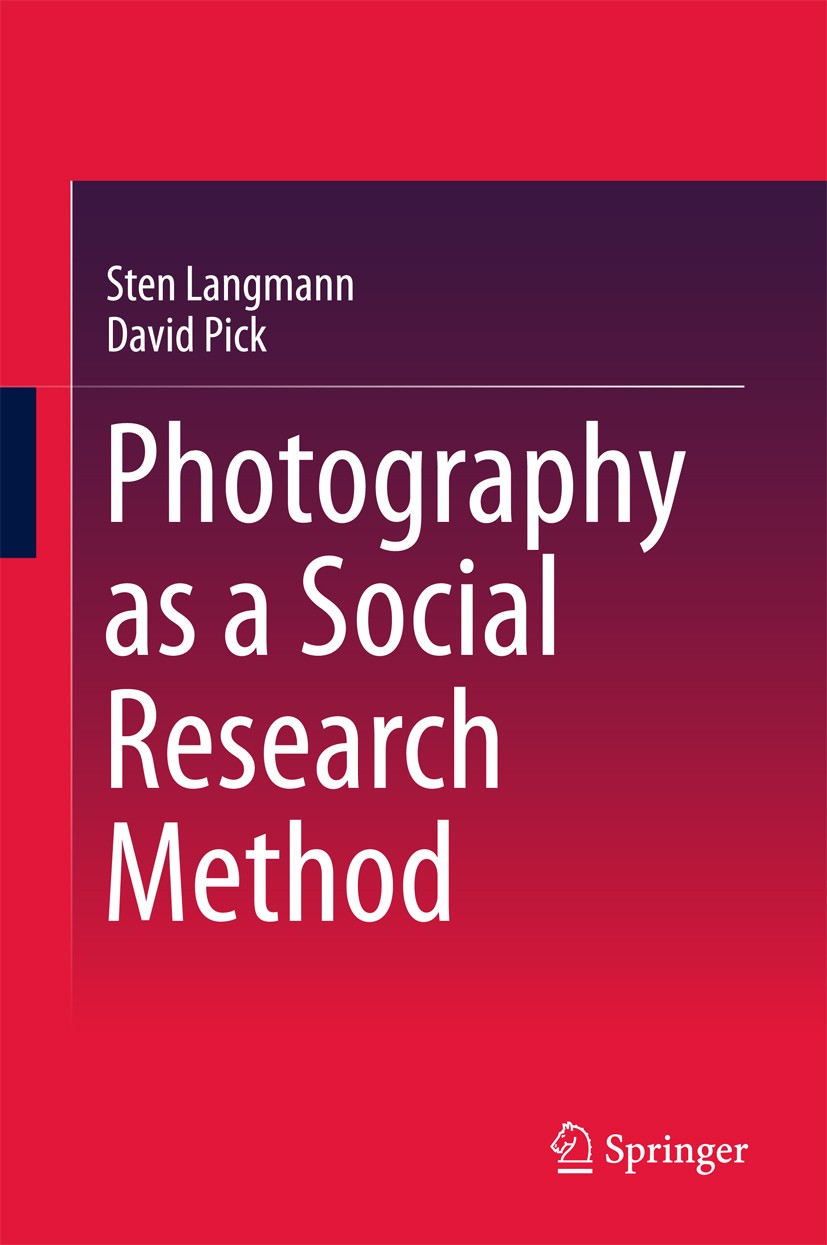
There is a rich world of books about one of my other great passions: travel. I have been taken around the world in 80 days by Michael Palin, dragged into the heart of DRC by Tim Butcher in the magnificent Blood River, drunkenly staggered my way through a rather more imagined Patagonia than the author lets on with Bruce Chatwin, and laughed my way through Japan with Will Ferguson in Hokkaido Highway Blues. There are so many more books about travel that I could mention here that I have loved and enjoyed. I just wish I could say the same about photography.
So, what is out there? The inevitable and almost automatic place to start is Susan Sontag’s On Photography. This book, a series of essays, covers both academic and general readership. It is the book’s first two chapters, In Plato’s Cave and America, Seen Through Photographs, Darkly that I have always found most interesting and relevant to me as a photographer and lover of the medium, so in preparation for this article, I decided to reread the second of these chapters.
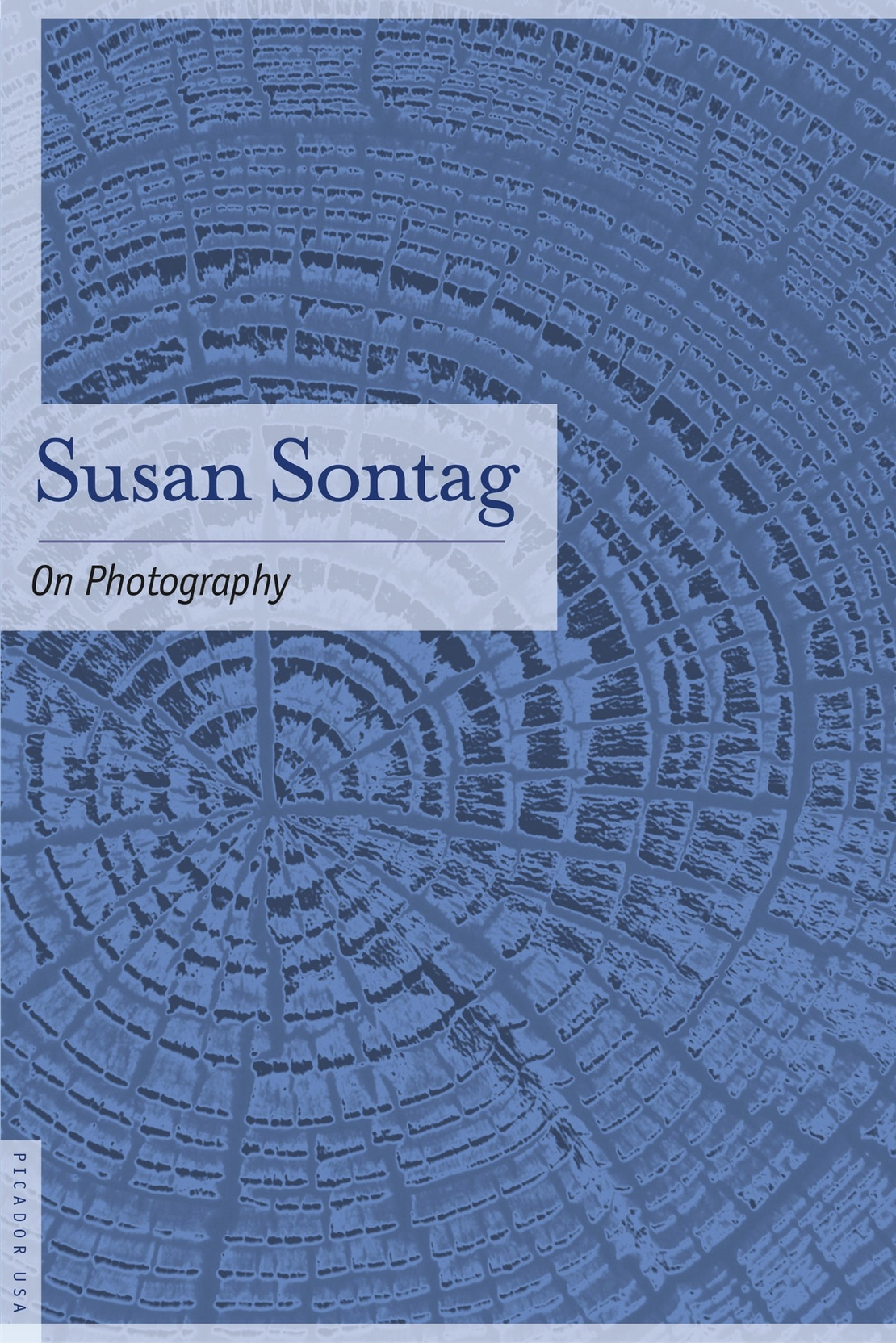
For those of you not familiar with the writing, it is a brutal read. Sontag attacks the work of Diane Arbus. It is not so much an example of Sontag’s sharp wit and impressive intellect, although she has both of those aplenty, but her going after a photographer whose work she disapproves of with a combination of a butcher’s cleaver and an industrial wrecking ball. She takes aim and fires with both barrels. In the article’s gentler prose, she describes Arbus’s pictures as “anti-humanist”. Much of the condemnation is far stronger. For example, Sontag notes that, “most of the characters in Arbus’s Grand Guignol appear not to know that they are ugly.” I am not entirely sure if the writing is extremely funny, downright mean, or both.
Personally, I have never been quite able to pin down how I feel about Arbus’s work. I am not sure if I like or enjoy it, but I certainly admire it. There can be no doubt about the importance of the work though and her photographs continue to influence photography’s modern practitioners. As interesting as Sontag’s chapter is, it does seem unnecessarily cruel. In addition, Arbus had no opportunity to answer back. She had taken her own life two years before Sontag wrote the article.
If On Photography is an interesting read, it is also an extremely dense one. It is not holiday reading in any shape or form. The same must be said for that other classic piece of photographic philosophy, Roland Barthes’s Camera Lucida. Barthes’s short tome is a musing on the nature of photography. Again, like Sontag’s book, it covers ground that is of interest for both the general and academic reader.
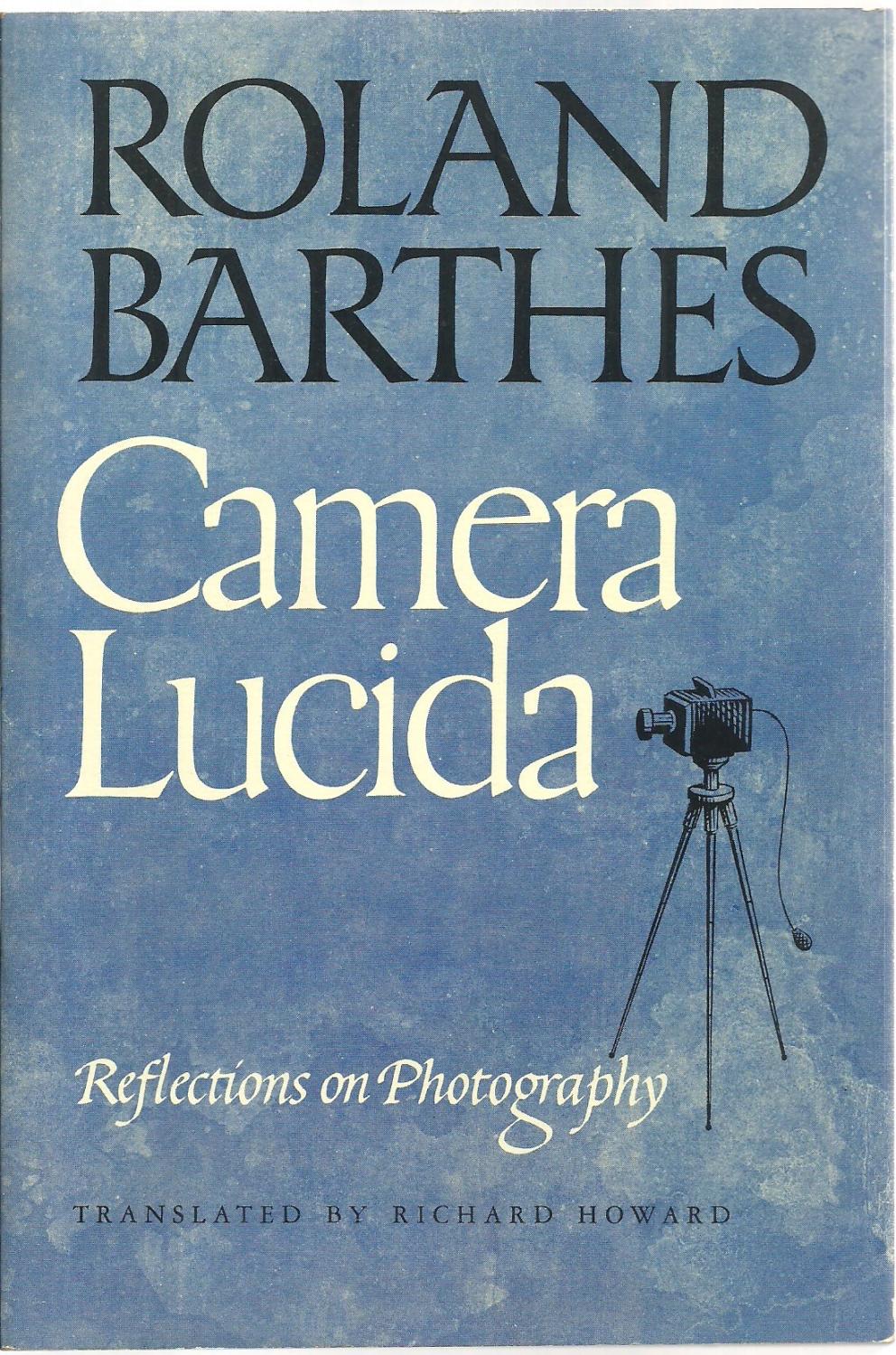
The first half is particularly interesting in that it introduces the concepts of the studium and punctum as tools for photographic analysis. The studium is a kind of general “liking” for a photograph that does not generate any particular excitement. However, the punctum is a “sting, speak, cut, little hole” and “the accident that pricks me”. For Barthes, a punctum was what made a photograph really interesting and engaging. I am not convinced that either are entirely adequate tools for analysing a picture, but they do get the reader thinking. The second half is less engaging but is notable for his lengthy discussion of an image he called The Winter Garden Photograph. It shows his mother as a child. Barthes’s obsessive engagement with the photograph rather screams Oedipus! Perhaps I am being unfair to the man, but I suspect Freud would have had a field day with the whole thing.
These are arguably the two most influential books in photography writing and neither has any close resemblance to something you would read just for fun. What is the photographic bookworm to do?
For me, the place to start is Jonathan Day’s wonderful Robert Frank’s The Americans – The Art of Documentary Photography. This is a book to be enjoyed by both the general and academic reader. Earlier, I described some of the travel books that have taken me on fantastic journeys around the world. Day’s book is a compelling journey through Frank’s magnificent work. It takes you into the very heart of Frank’s vision of America. The book is separated into three distinct sections. The first part examines the historical context of The Americans. The second discusses the work’s recurrent themes, for example, the road, the American flag, and religious icons both old and new. The third part looks at the sequencing of the images.
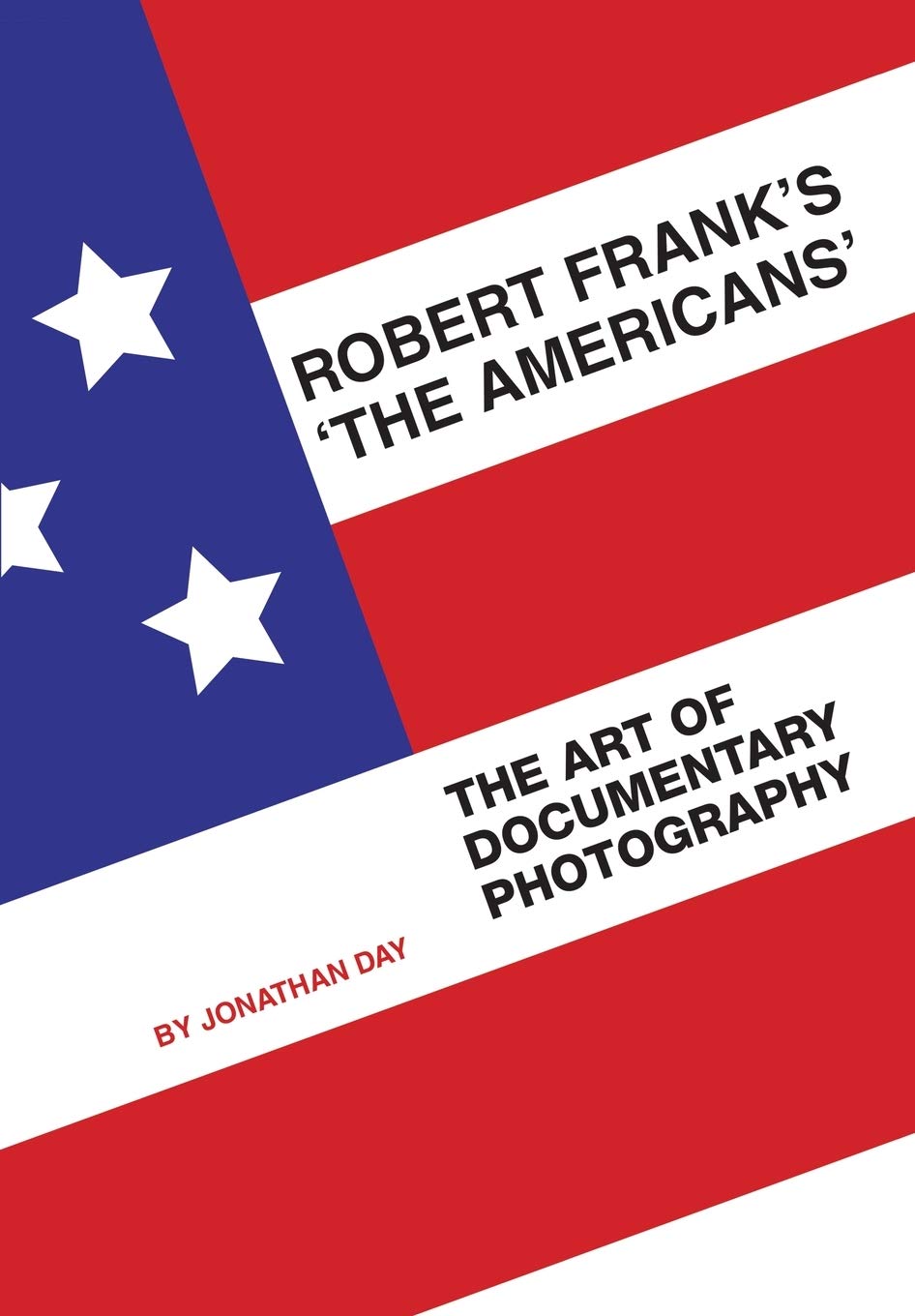
In his foreword, the late Eamonn MaCabe, one of the greats of British photography, writes that, “You should read this book and look at Frank’s photographs while listening to some John Coltrane saxophone, preferably on an old record player crackling away in the background.” I might add an accompanying large glass of bourbon to that. The whole thing is a joy to read that adds further depth and enjoyment into what is already one of the greatest bodies of photographic work.
Beyond this, there are other accessible books on photography that have brought me some enjoyment. Geoff Dyer’s The Ongoing Moment is an interesting read although a friend of mine said that he thought the book was more about Dyer than it was about photography. When, during the preparation of this article, I asked him for his thoughts, he wrote that, “Dyer stretched a thin article’s worth of not very interesting idea into a whole book. The book is laboured, boring and trite.” So there! I guess my enjoyment of the book is not universal!
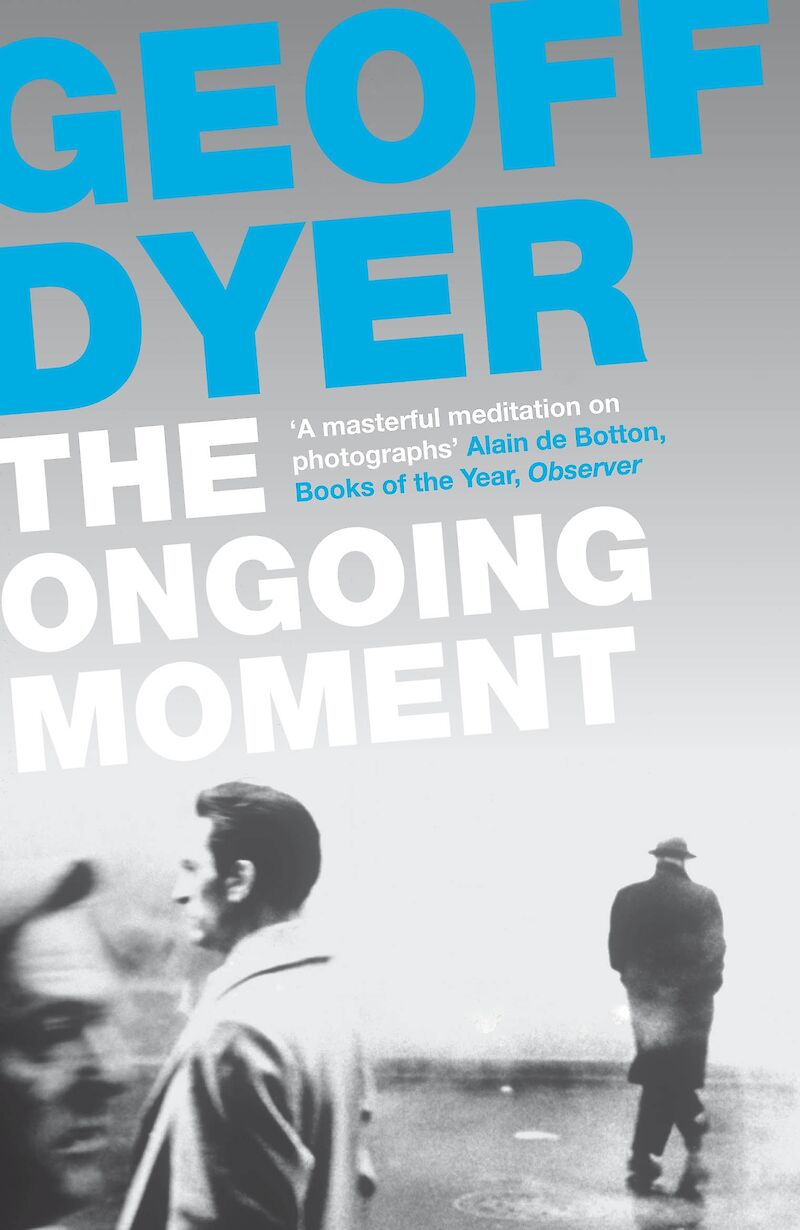
Robert Adams’s books of essays are also well worth reading. In fact, his excellent essay Truth and Landscape, from his book Beauty in Photography, provided the basis and inspiration for one of the most read articles in my Look Closer series. Other books that I have found inspiring include Aperture’s The Photography Workshop Series. This series consists of books by renowned photographers that cross the line between instructional guide and writing on photography. Dawoud Bey on Photographing People and Communities and Richard Misrach on Landscape and Meaning are also particular favourites.
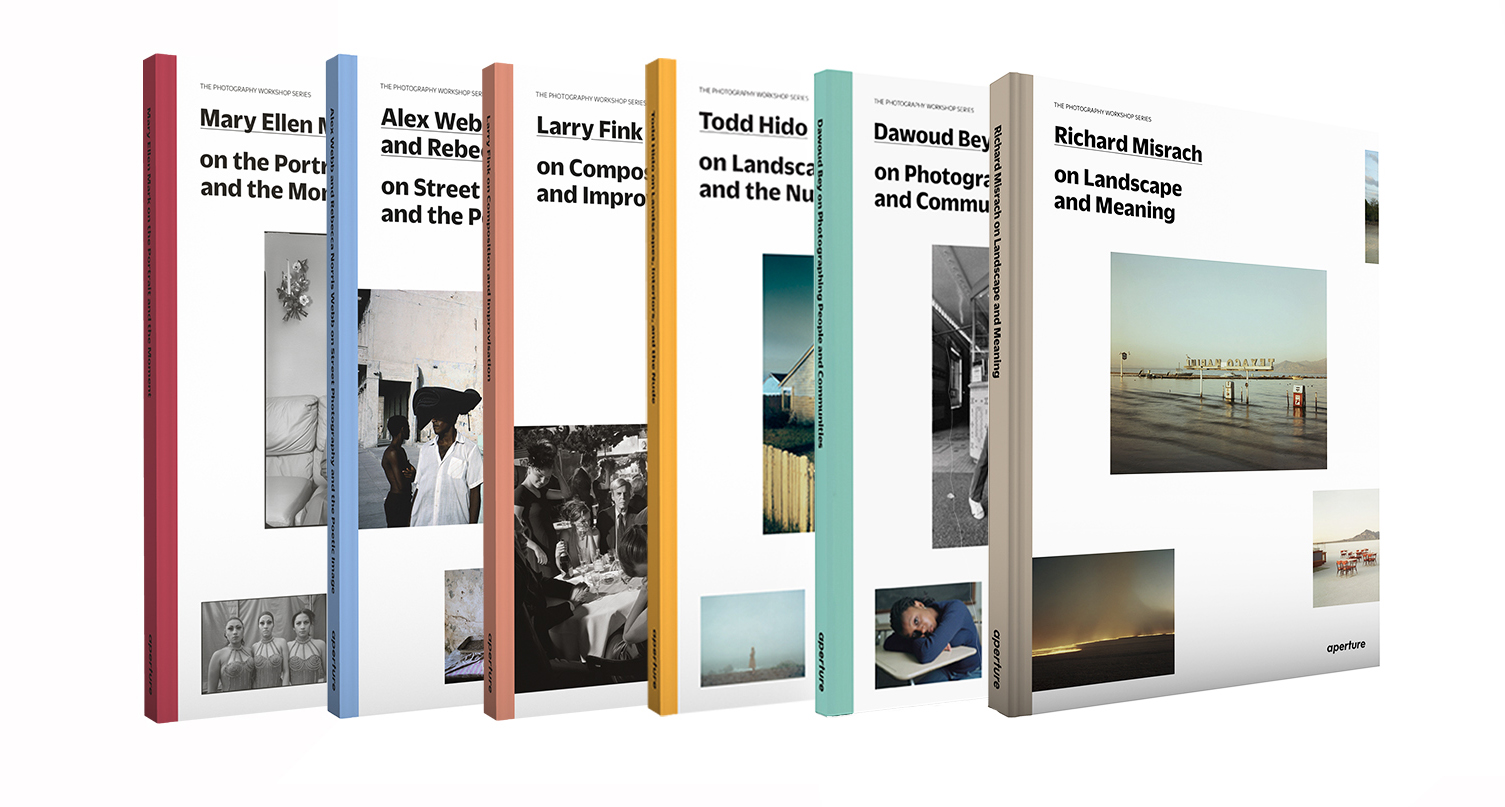
There are books out there to read about photography beyond what I have briefly discussed here. A great book about photography can go a long way to elucidating the images of the greatest photographers and there is little doubt that the books discussed here do that. I just wish that there were far more written with entertainment and general engagement in mind. If you have a favourite book of writing on photography that I might have missed, not discussed, or just do not know about, please let me know in the comments. I would be delighted to hear your thoughts.



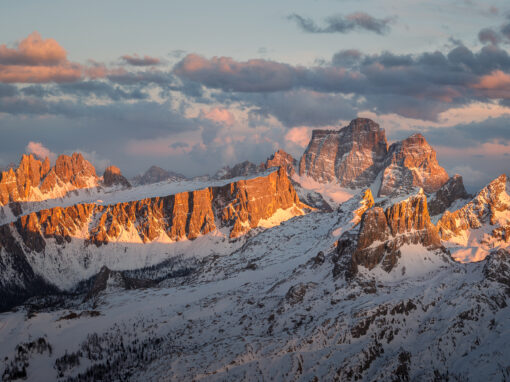
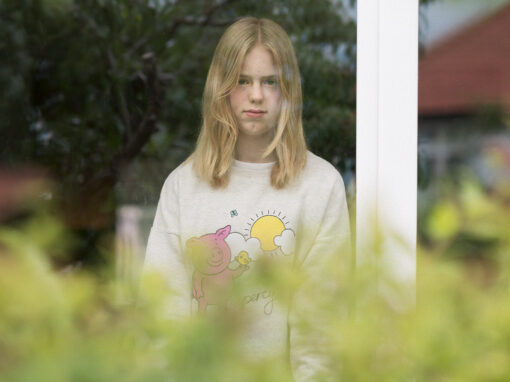
Matt Cooke
October 26, 2022 at 17:35
Long life cool white, the book about photography and impetus to make images by Moyra Davey is worth a read, it gets you thinking about why we do what we do.
Also Walter Benjamins book The Work of Art in the Age of mechanical reproduction whilst not specifically photographic stimulates the brain cells about how we consume art and come to know art initially.
Rob Wilson
November 8, 2022 at 15:49
A wise tutor once got me to read Benjamin’s work. It was a fine read!
After seeing Davey’s Scotiabank Award exhibition in Toronto, I am a bit sceptical of her as, if I am honest, I was not a fan of her work.
Jason Theodore
October 28, 2022 at 21:00
Road to seeing by Dan Winters. Great read about a personal journey in photography, and about finding your style.
Rob Wilson
November 8, 2022 at 15:49
Thank you!
Bud Parr
October 31, 2022 at 17:51
Thanks for the Aperture Workshop series. Just ordered Graciela Iturbide on Dreams, Symbols, and Imagination. Can’t say I agree about Dyer. His work is overtly literary/art criticism, so that’s why it may seem boring. He wrote the forward to my copy of Camera Lucida, and also wrote about Garry Winograd, which looks interesting (haven’t read that one yet). I recently picked up a copy of interviews with Henri Cartier-Bresson, also published by Aperture. It doesn’t sound like it would be interesting but, Steve Edwards’ “Photography: A Very Short Introduction” is a great read that summarizes history and philosophical thought on photography (it’s a bit dated though, not really covering the era of digital photography).
Lastly, while I think you’re talking about more narrative-driven works, I really like Ian Jeffrey’s “Understanding Photography,” which is a great summary of photographers over the years with illustrative images.
To Matt Cooke – can’t seem to find an inexpensive copy of that Moyra Davey book. I have a couple of others by her and really find her interesting.
Rob Wilson
November 8, 2022 at 15:50
I found Dyer’s book reasonably interesting, it was an Associate Prof of English Lit friend of mine that hated it!
Rob Wilson
November 8, 2022 at 15:49
Thank you!